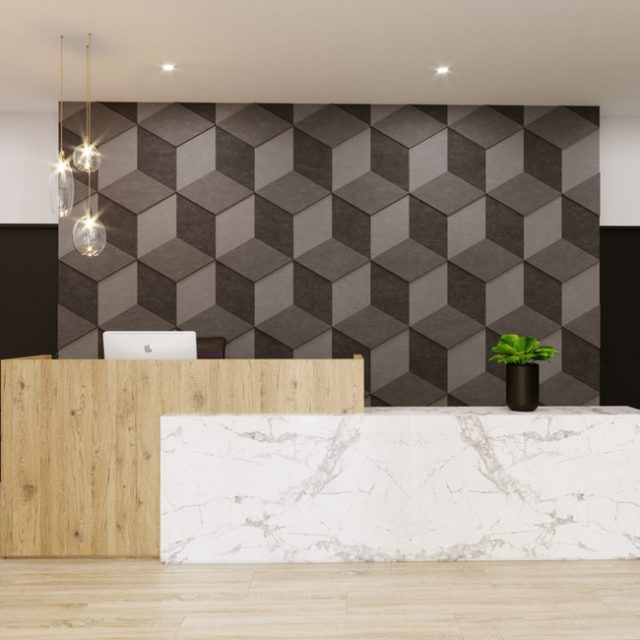Some of the Most Common Issues with Cash Flow – and How You Can Prevent Them
Cash flow refers to how cash ‘moves’ into and out of your enterprise, and it’s not the same as turnover or profit. Turnover is the overall revenue amount you produce, whilst profit is the revenue of your business minus your total costs. On the other hand, cash flow is about how much money or funds you have on-hand and available for spending. Your cash flow will include the money from various sources, be it sales, investments, and even loans. But whilst you may already know what cash flow is, the bigger question is: are you managing it well? It may be a surprise to many how cash flow proves vital for a business’s success. Still, if you are not financially prepared for unexpected expenses or emergencies or just the simple running of your business operations, your business could be seriously affected. So how can you handle it properly, and what are the common errors you should avoid? Here’s a look at some of the most common issues with cash flow – and how you can prevent them.
A tight profit margin
When you profit from your services or products, these may not be enough to cover the total expenses of delivering your products or services. It is one of the most common errors made by business startups, especially since they haven’t fully figured out their key business plan and model. Once you price a service or product, make sure you factor in all the related expenses of getting your product or service into the market. If your margin is too tight, you may want to drop a particular service or product.
Having a high overhead
Any business will have overhead expenses, but this can hurt your cash flow if your overhead costs are too high. Your overhead expenses can include everything from the rental fee of your office space to your IT equipment, electricity and heating bills, maintenance staff, and the like. These are all expenses that are not directly related to your business. However, it is often possible for businesses to find some savings in their overheads, and a good accountant such as from the central London accountants of GSM & Co can help you find the savings you need.
Having too much inventory or stock
If you regularly buy raw materials or stock for your business, it will not do to have too much for what you require. You may have too much in your stockpile within a specific period, and unless you are waiting for a big order, it’s best to keep just as much stock as you may likely require prior to the next batch of deliveries. This is precisely what is explained in the principle of JIT or just in time manufacturing, so try not to tie up your money in stock that you don’t use or need.
Dealing with late payments or non-payments
Another problem that can affect your cash flow is late payments or even non-payment from clients. Bear in mind that most clients tend to delay their payments, but it can strain your cash flow. You can try avoiding this issue by negotiating an early payment and providing a discount. You can also prevent the problem of non-payment by checking the credit records of potential clients.










